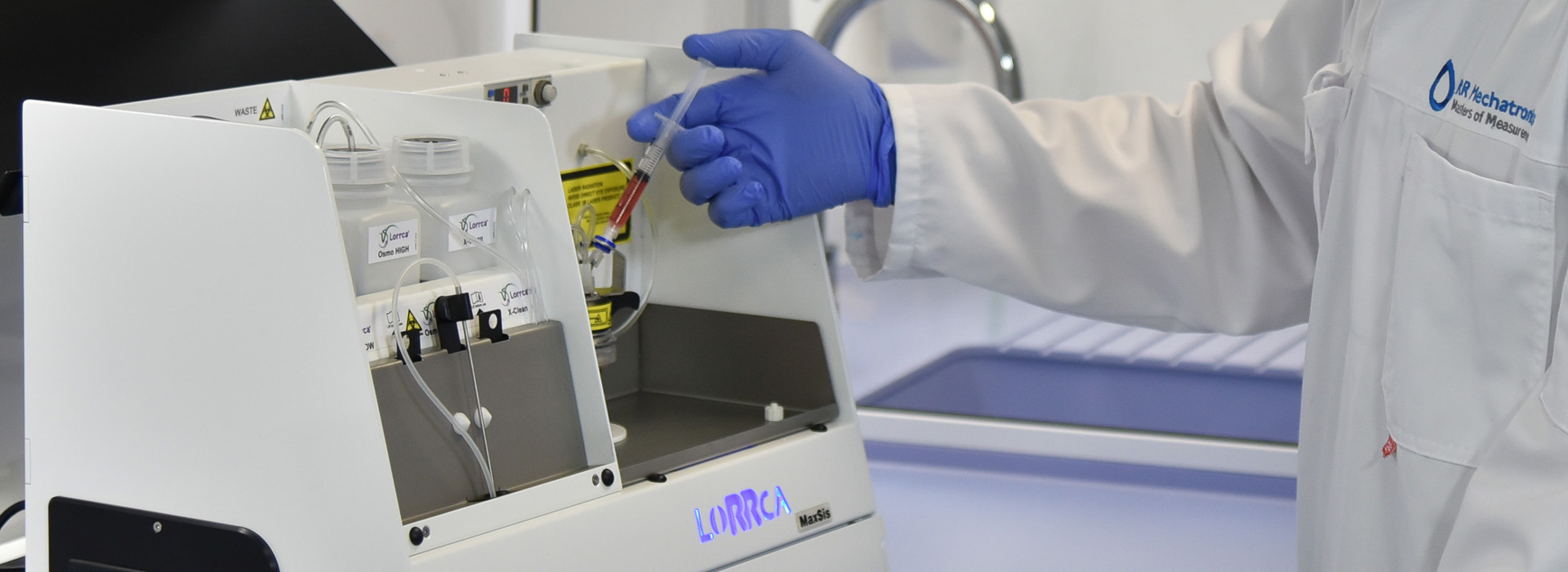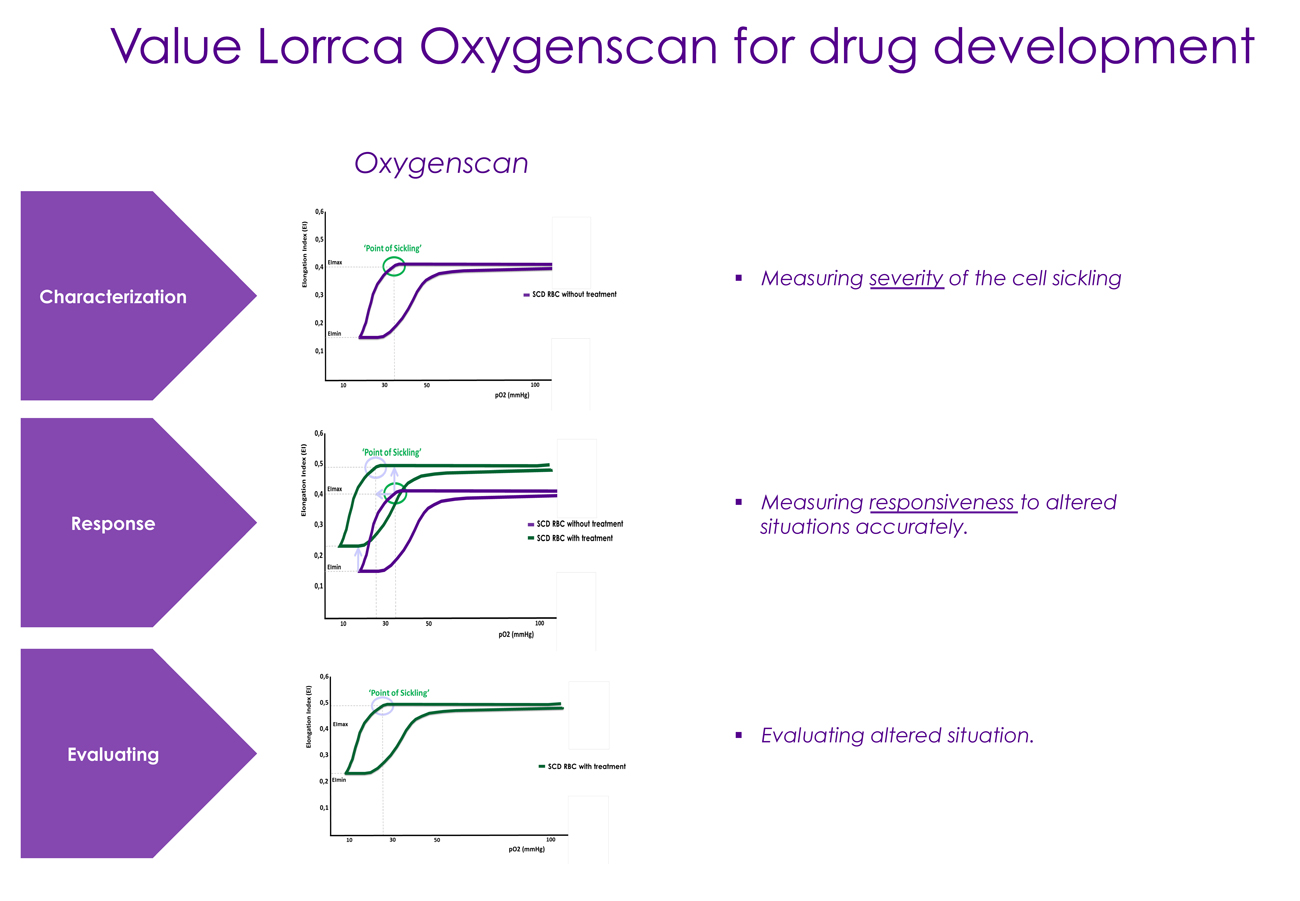SCA treatment
Very little has changed in the treatment of this disease over the last several decades. The only approved drug for its treatment is a re-purposed chemotherapy agent called hydroxyurea. While hydroxyurea has been shown to reduce the signs and symptoms of sickle cell disease, achieving correct dosing of this drug is complex and requires patients endure life-long monitoring on a monthly basis, as a hydroxyurea regimen has the potential to cause neutropenia. Furthermore, concerns continue to exist about its potential impact on fertility with sickle cell disease, potential genetic toxicity to foetuses and potential cancer-causing effects.
There has been a recent explosion in the interest among investigators in both the hematologic academic community and in the pharmaceutical industry to develop new treatments for sickle cell disease, as indicated by the large number of active clinical protocols (see clinicaltrials.gov).
New drug development as well as trials of existing compounds have targeted one or more pathophysiologic factors in an effort to improve the overall prognosis of SCD as well as to reduce or treat its cardinal manifestation, vaso-occlusion.
Given the diversity of therapeutic targets and pharmacokinetics of potential drugs, trials of new therapies have focused on a variety of different outcomes, including prevention of SCD events (such as the frequency of both VOC and acute chest syndrome (ACS). Unfortunately, these end points occur at highly variable time points among patients, so that achievement of statistically significant differences has been quite challenging. The Lorrca Oxygenscan provides a parameter that is independent from the patient-reported outcome but is indicating the severity of the disease.









